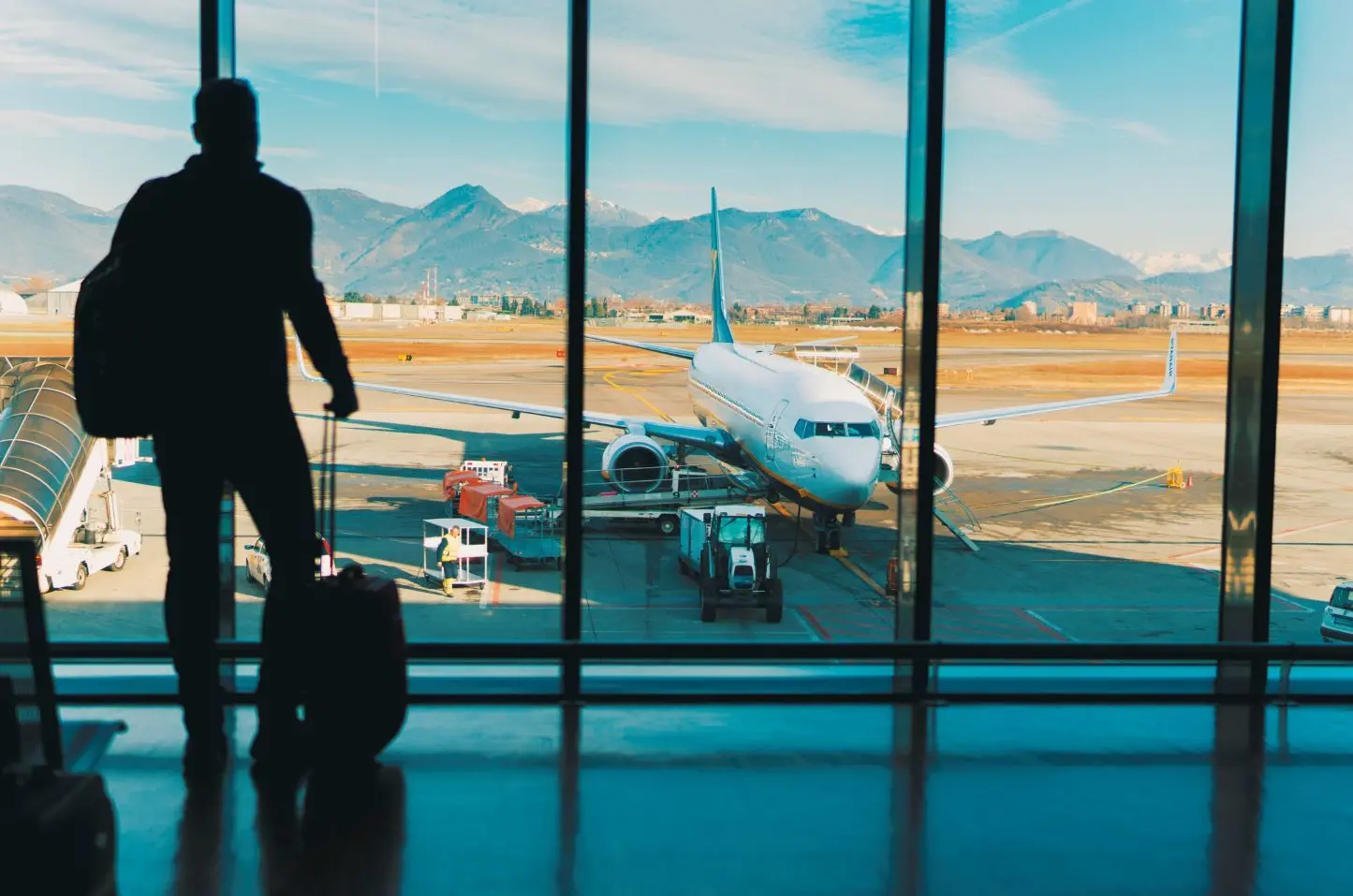“Thinking about tomorrow’s airport and doing it with a broadened vision”. After the upheaval generated in the airline industry by the Covid pandemic, Alfonso Celotto, President of Aeroporti 2030, talks about the “new way of travelling” and charts the course for the airports of the future. A digital, intermodal, and sustainable path that places the “travel experience” at its core.
Post-pandemic air traffic is experiencing a series of records and sharply increasing flows. Did you expect a trend of this magnitude?
“Although signs of recovery were expected, the pace at which pre-pandemic levels were reached and exceeded has been astonishing. People have expressed a strong desire to travel, both for business and pleasure, with a growing demand for international destinations.”
In your opinion, what are the reasons behind this surge in traffic, especially considering that prices have risen?
“The boom in air traffic, despite the increase in prices and the overall cost of living, can be attributed to several factors. Firstly, there is a pent-up demand accumulated during the periods of pandemic-related restrictions. Secondly, the concept of ‘revenge travel’ has driven many to plan holidays, events and visits that had been postponed.”
Has the offer changed as well?
“Airlines have diversified their services and travel options, offering more flexibility, aspects that passengers value”.
Which traffic flows do you find most surprising?
“Those to long-haul destinations, especially to Asia and North America, where demand has far exceeded initial expectations. Last summer, Fiumicino Airport ranked 5th for its increase in flights to/from North America among major European airports, with a growth rate twice that of large hubs such as Madrid or Lisbon, and even three times that of Frankfurt or Amsterdam. Additionally, the swift rebound of intercontinental tourism is notable.”
Are Italian airports capable of handling all this demand?
“The airport industry serves as a fundamental pillar for a nation’s economy, a strategic sector tasked with making significant investments to achieve the green transition and develop infrastructures from the perspective of intermodality and technological innovation. Fostering and speeding up this journey towards the future is the core mission of Aeroporti 2030: the association recently celebrated its second anniversary and now also includes the Apulian Airport Network, totalling 10 national airports, 2 of which are intercontinental.”
In concrete terms, how will you proceed?
“Following a summer that saw a significant rise in flows but also underscored the urgent need for solutions to manage the saturation of European skies and ground infrastructures, it is advisable to conduct an analysis and assess development strategies for the future of European airports, also enhancing the role of work and technology. For these reasons, we are organising a series of events (the first at the end of November in Bari) with the key stakeholders of the industry precisely to encourage dialogue between institutions and to focus on the pathway.”
What are the main challenges facing airports?
“The list of priorities to be addressed in the coming months is extensive: updating the National Airport Plan; revising the Guidelines on state aid to airlines and airports; negotiating the renewal of the National Collective Labour Agreement for Air Transport and reshaping employment landscape; simplifying the procedures for approving airport projects; adopting a balanced approach and limiting noise pollution around airports; revising the regulations on slot allocation; changes in the air transport market and the impact of new business models. Improving airport accessibility through intermodal links is also crucial.”
Do you aim for a specific model?
“Airports must offer an increasingly comfortable and efficient passenger experience. This is precisely the approach that our associates are adhering to. At Fiumicino, Italy’s leading hub, a continuous renewal process is underway with special attention to the passenger experience, which has led to numerous international awards, including the highest honour of Skytrax’s 5-star rating for outstanding service quality levels.”
Do you believe the upward trend will continue? What role will Italy play?
“In Italy, the air transport sector is strategic for the economy: it accounts for about 3.5% of GDP, employing almost 750,000 workers, of whom 200,000 are directly employed, equal to 3.2% of the country’s total employment, with an overall production value of more than 50 billion euros. The air sector is highly competitive and Italy must be enabled to compete with nearby markets that, also thanks to significant investment policies, risk taking large market shares away from our airport system (consider, for example, Turkey, but also Greece and Spain). A support that must also encompass measures for simplification and incentives for intermodal and digital development.”
Intermodality thus has a part to play
“The travel experience is increasingly enhanced by technology. In an air-to-air intermodality perspective, new electric vertical take-off and landing (e-VTOL) aircraft are in advanced stages of development, representing one of the most promising forms of innovative and sustainable mobility for the coming years.”
Will the future of terminals and airports be green and sustainable?
“Solutions must be adopted to meet the climate neutrality targets of the sector through the use of sustainable fuels and the simplification of regulations to encourage and speed up the green transition process.”
How do you approach this goal?
“For years, air transport has been strongly committed to reducing its emissions, which today account for about 2% of global emissions. AEROPORTI 2030 aims to accelerate the green transition path by encouraging the adoption of multiple strategies that can be directed towards the development of bio-fuels (SAF), the implementation of new forms of Advanced Air Mobility (AAM) and innovative solutions, including the use of hydrogen.”
